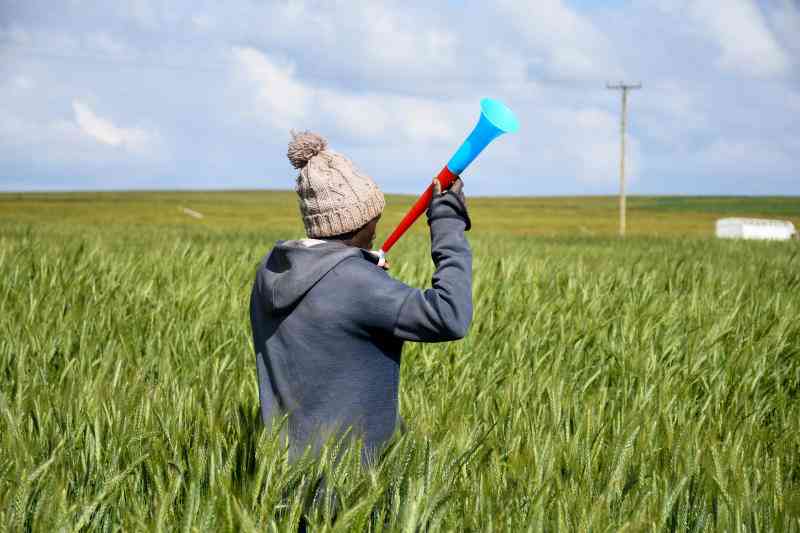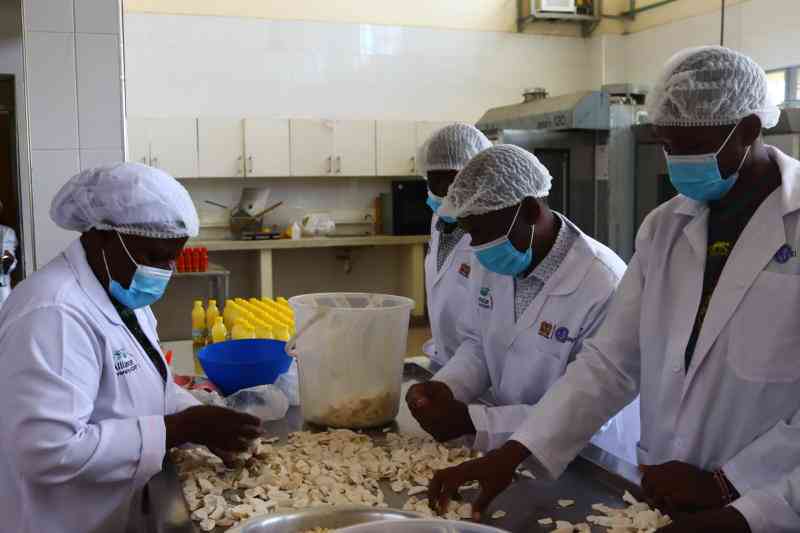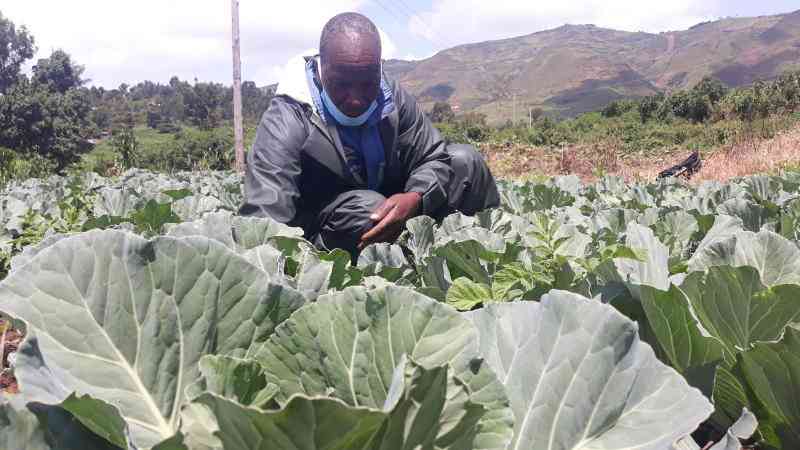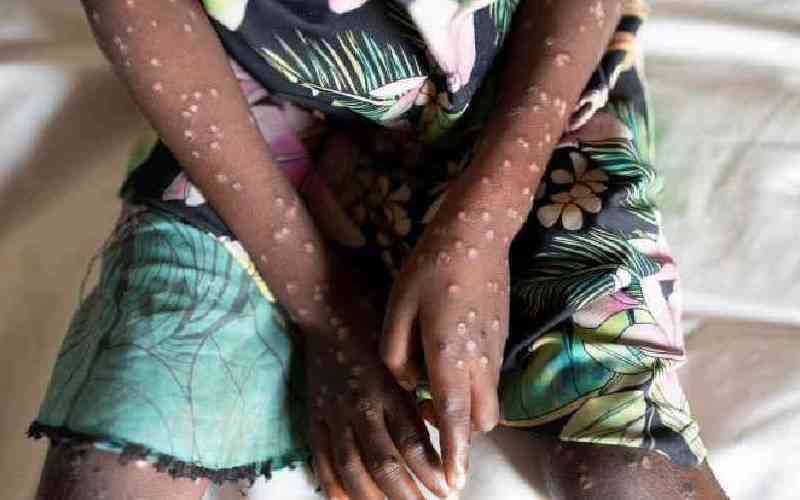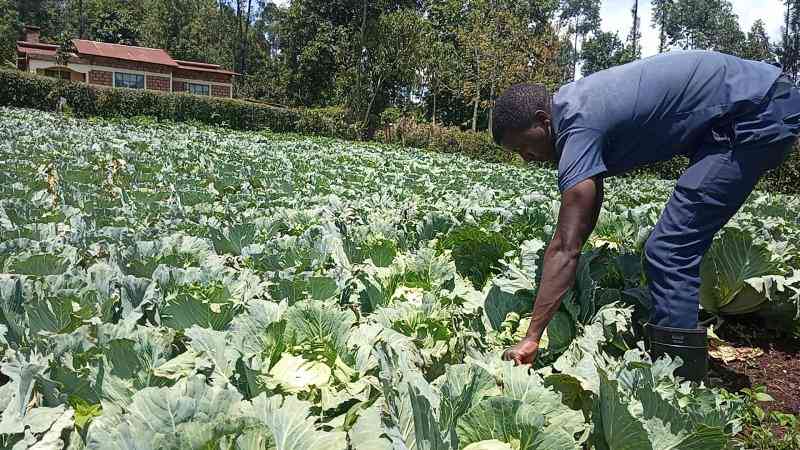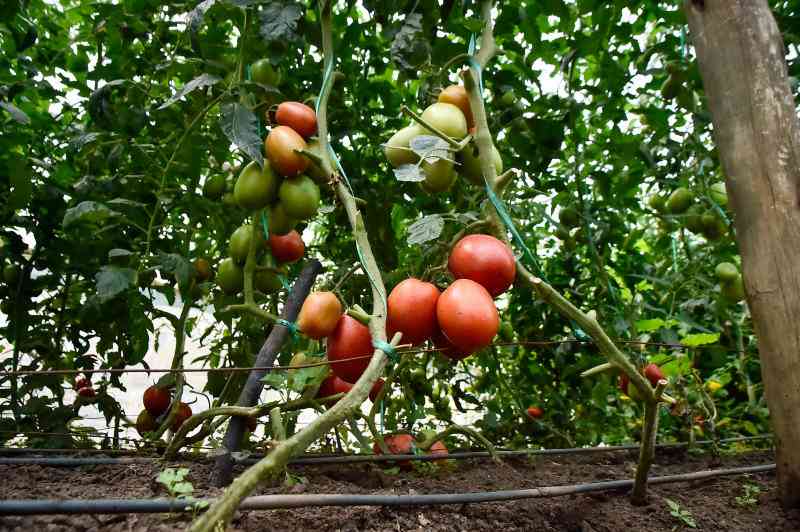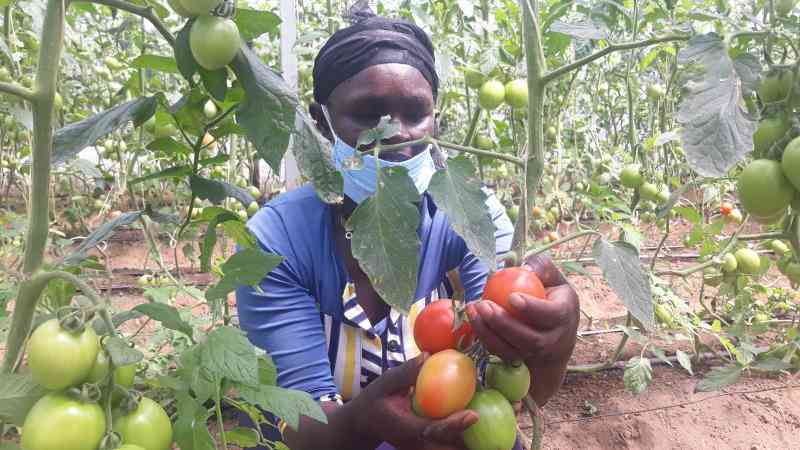
Pigeon pea, a drought-tolerant crop, holds significance for small-scale farmers in arid and semi-arid lands, primarily contributing to income generation and food security.
This crop bears flowers in racemes, with each pod containing two to nine seeds, and is valued in markets like Mombasa, where farmers like Paul Wambua from Makueni find a profitable market.
Despite its demand, pigeon pea production remains low, marked by a slow initial development period of up to two months post-planting. Locally preferred male parent varieties, ICEAP554, ICEAP557, and TZ24, are known for their adaptability to local conditions, boasting large, cream-colored grains.
The female parents, ICPA2043 and ICPA2039, are male sterile, ensuring they are not self-pollinated. The resulting hybrids mature uniformly, enabling efficient harvesting with the possibility of using harvesting machines.
"The hybrids are uniform and therefore mature at the same time. This makes harvesting efficient and a harvesting machine can be used," says Wambua.
To cultivate pigeon peas successfully, certain ecological and agricultural practices must be followed. Pigeon peas thrive in warm climates with temperatures ranging from 25C to 30C, tolerating various soil types but favoring well-drained sandy loam soil with a pH range of 6.0 to 7.0.
Land preparation involves creating a fine seedbed through hoeing, tractor plowing, or animal plowing, followed by harrowing. Propagation occurs through direct seed sowing, with recommended planting depths of 2.5 to 10cm, spacing of 30 to 50cm between plants, and 150cm between rows. Planting in rows facilitates care processes. For watering, small-scale production benefits from regular light watering. In large-scale or commercial production, the first irrigation should occur within 3-4 weeks of seed sowing, with subsequent irrigation depending on rainfall intensity. Adequate irrigation during the flowering stage is crucial for optimal yield. Fertilisation is moderate, incorporating well-rotted compost or a balanced fertilizer during planting.
Pests and diseases pose potential threats, including bacterial leaf spot, stem canker, halo blight, alternaria blight, anthracnose, cercospora leafspot, powdery mildew, pod borers, pod flies, pod bugs, and blister beetles. Organic or chemical insecticides should be used as needed, and crop rotation is advised to prevent soil-borne diseases. Harvesting typically occurs five to six months post-planting, when pods have turned brown and dried on the plant. Immature pigeon peas can also be harvested for culinary use. Harvesting for grain begins when 75 to 80 percent of pods turn brown and dry.
In Kenya, pigeon pea production areas often practice ratoon cropping, and the expected yield per acre is around 1,500 kilograms, with a market price of approximately Sh100 per kilogramme.
 The Standard Group Plc is a multi-media organization with investments in media platforms spanning newspaper print
operations, television, radio broadcasting, digital and online services. The Standard Group is recognized as a
leading multi-media house in Kenya with a key influence in matters of national and international interest.
The Standard Group Plc is a multi-media organization with investments in media platforms spanning newspaper print
operations, television, radio broadcasting, digital and online services. The Standard Group is recognized as a
leading multi-media house in Kenya with a key influence in matters of national and international interest.


